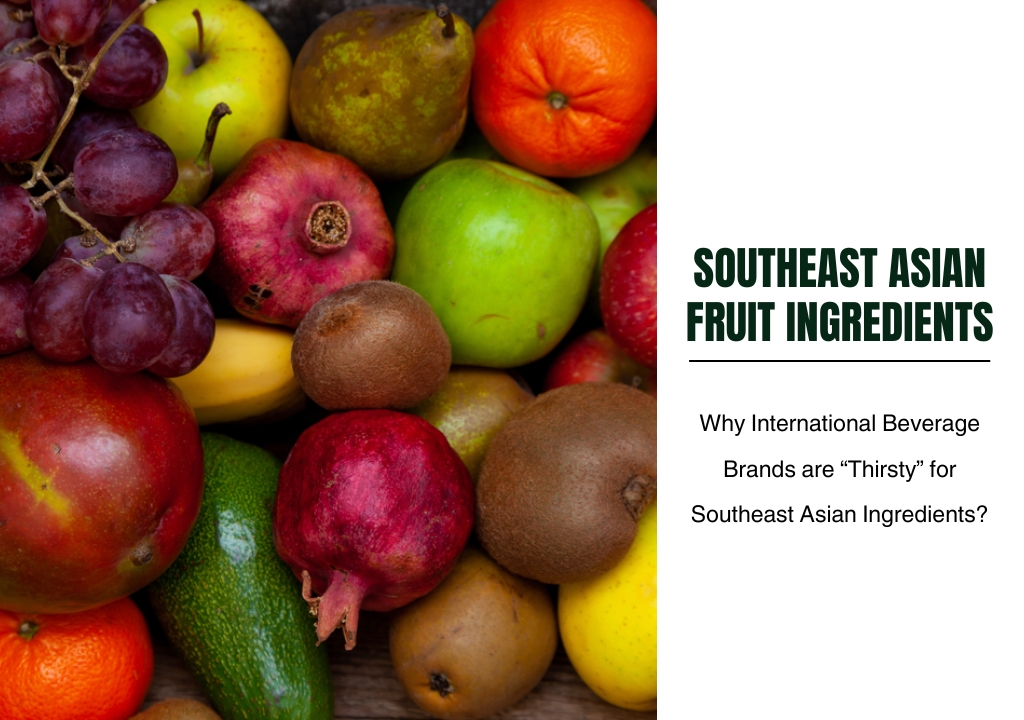5 Savvy Strategies for Beverage Brands in the Sugar Tax Era
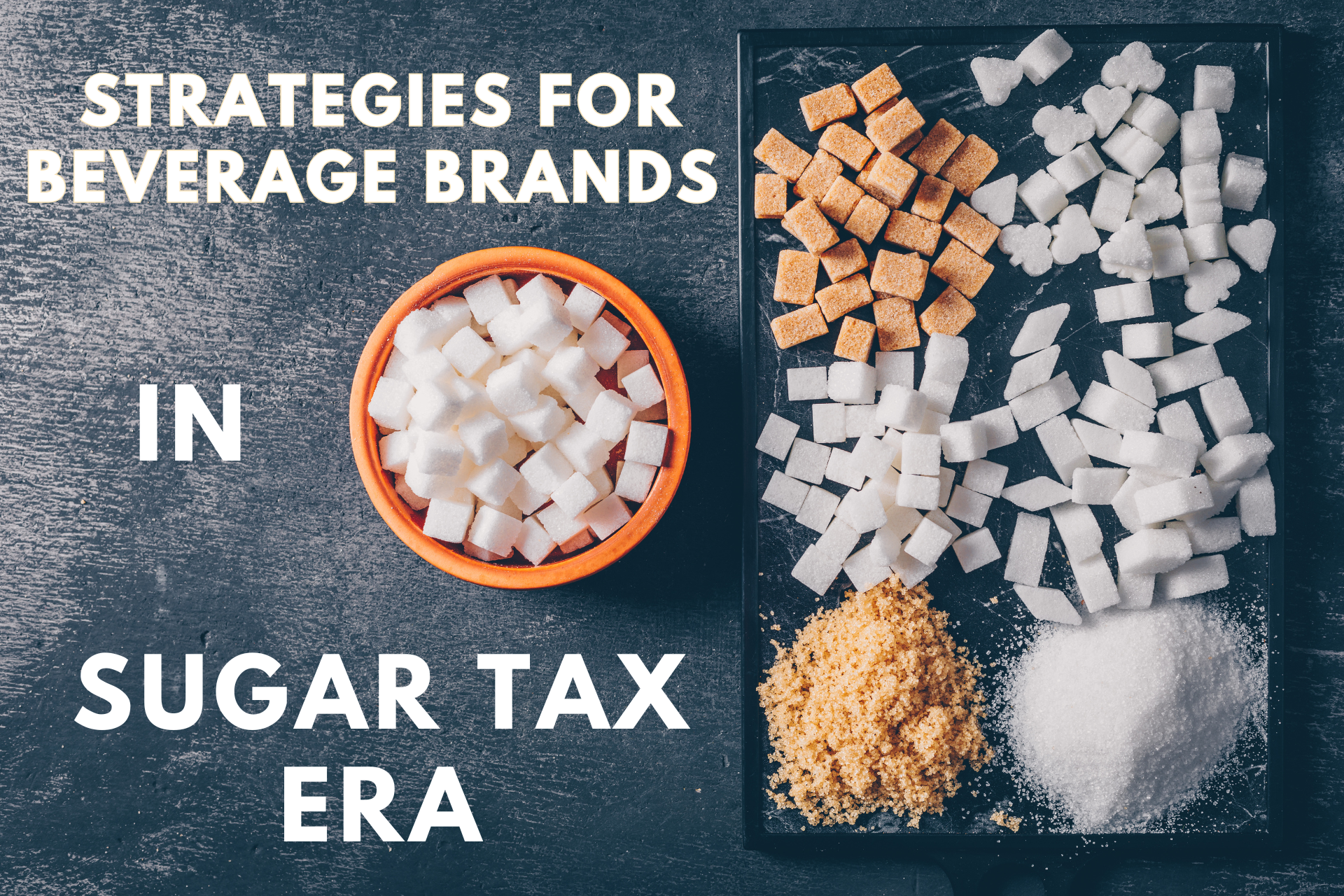
With global sugar tax policies reshaping consumer behavior, beverage brands must adapt to survive. Explore 5 key strategies for thriving in the post-sugar era with healthier, low-sugar beverages.
A Global Wake-Up Call from WHO
In July 2025, the World Health Organization (WHO) launched a bold new global initiative to combat rising rates of obesity, diabetes, and other chronic diseases. As part of its '3 by 35' initiative, the WHO is calling on countries to increase the real price of three product groups—including sugar-sweetened beverages—by at least 50% by the year 2035 through fiscal policies.
This recommendation isn’t theoretical—it’s already happening.
Over 50 countries, including Mexico, South Africa, the UK, the Philippines, and Thailand, have implemented versions of a sugar tax. These policies are transforming how consumers make choices—and forcing beverage brands to rapidly rethink their portfolios.
Welcome to the sugar tax era—a time where survival means adaptation, and growth means innovation.
Below are 5 critical things beverage brands must do to stay relevant, competitive, and export-ready in a world shaped by low-sugar expectations.
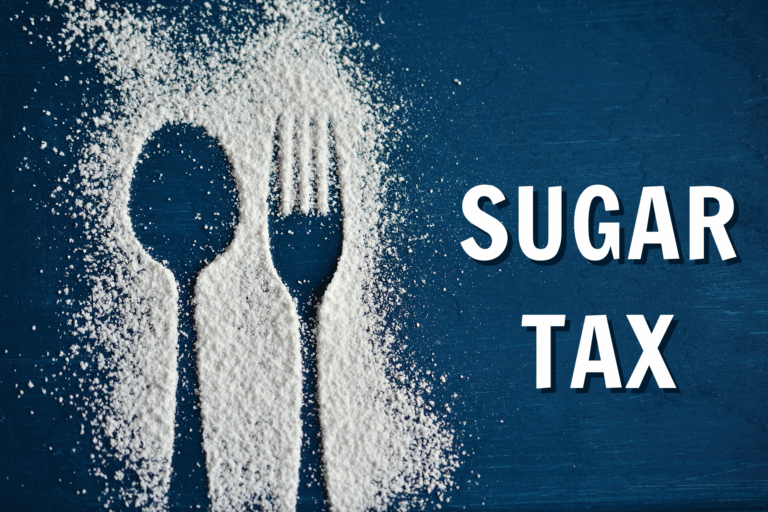
1. Reformulate with Natural, Low-Sugar Alternatives
The most immediate impact of any sugar tax is economic: sugary beverages become more expensive, while low-sugar beverages become more attractive. Reformulation is no longer optional—it’s urgent.
Beverage brands must now develop products that meet evolving regulatory and consumer demands by:
Replacing sucrose or HFCS with natural sweeteners like stevia, monk fruit, erythritol, and allulose.
Avoiding misleading tactics like “fruit juice concentrate” that still trigger sugar tax thresholds.
Balancing taste with functionality to maintain consumer satisfaction.
Major players like Coca-Cola and PepsiCo have already launched low-sugar beverages in markets like India and the UK to avoid sugar tax penalties—smaller brands must follow or risk being left behind.
Reformulation also opens the door for functional innovation, allowing clean label claims like “no added sugar,” “diabetic-friendly,” or “keto-certified.”
2. Embrace Ingredient Transparency and Clean Label
With the rise of sugar tax legislation comes an increase in consumer skepticism. Today’s shoppers want more than reduced sugar—they want full transparency.
To build trust and appeal to health-conscious buyers, beverage brands should:
List sweeteners and sugar content clearly on the front-of-pack.
Use simple, understandable ingredient names (e.g., "Stevia Leaf Extract" instead of chemical names).
Avoid vague labels like “natural flavors” or “extracts” that hide complexity.
Adopt clean label principles: short ingredient lists, no synthetic additives, and providing QR code links to sourcing documentation.
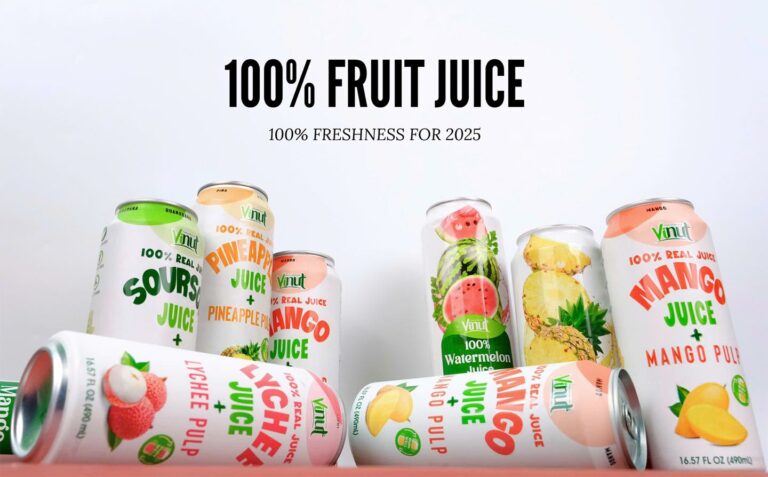
Consumers associate low-sugar beverages with honesty and wellness. Brands that pair reduced sugar with full disclosure win long-term loyalty and avoid regulatory risk in export markets like the EU and Japan.
3. Focus on Functional Benefits That Offset Sugar Reduction
One key consumer barrier to low-sugar beverages is perceived flavor loss. To overcome this, beverage brands need to focus on delivering functional benefits that justify a more “natural” taste profile.
Instead of over-sweetening, brands can highlight:
Immunity-boosting ingredients (vitamin C, zinc, echinacea).
Gut health (prebiotics, probiotics, kombucha).
Hydration and electrolytes for wellness and sports recovery.
Beauty-enhancing nutrients (collagen, biotin, hyaluronic acid).
Consumers are more willing to accept lower sweetness if they feel they’re gaining something in return. That’s why functional, low-sugar beverages are outperforming traditional sodas in nearly every health-focused market. The sugar tax era isn’t about cutting flavor—it’s about adding value.
4. Align with Global Sugar Tax Policies & Export Compliance
As governments expand sugar tax policies, understanding regional regulations becomes critical for beverage brands operating globally or through OEM/private label channels.
Key compliance considerations:
Labeling laws: EU, Korea, and Gulf countries require detailed nutritional disclosures.
Sugar thresholds: Different markets define "high sugar" differently (e.g., UK = 5g/100ml, Mexico = 10%).
Packaging guidelines: Health warnings, front-of-pack visuals, or traffic light systems may be mandatory.
Ingredient restrictions: Some countries ban certain sweeteners or flavor enhancers outright.
Brands looking to export or white-label their products must design low-sugar beverages that are pre-compliant with these evolving regulations—saving time, cost, and legal headaches.
5. Partner with Flexible OEMs for Rapid Reformulation
Adaptability is key. In this fast-moving environment, beverage brands must collaborate with manufacturing partners who can quickly reformulate, scale, and customize low-sugar offerings.
A good OEM/ODM partner should offer:
R&D capabilities for sugar-reduced or clean label formulations.
Certification support (e.g., FDA, Halal, Organic, HACCP).
Scalable production for multiple formats (cans, PET, glass, pouch).
Fast turnaround for emerging markets.
Smaller brands or private labels benefit most from OEM partnerships—they can test low-sugar beverage concepts without the overhead of in-house production. This agility is not just helpful—it’s the new requirement to survive in a sugar-regulated world.
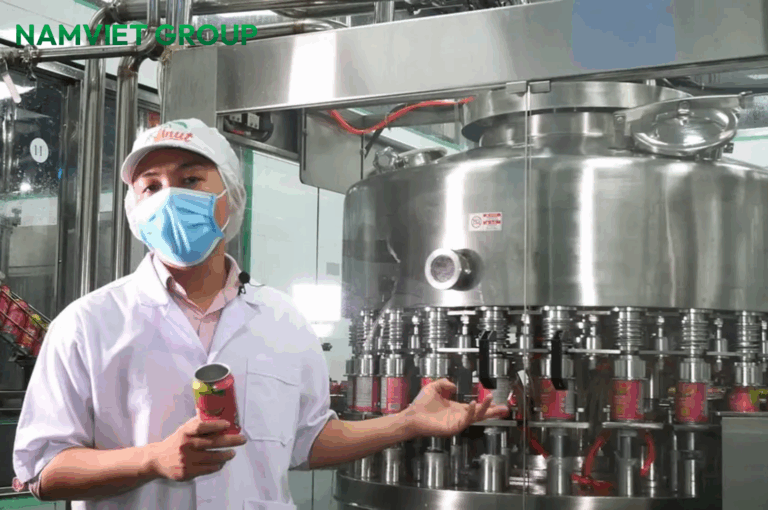
Conclusion – From Threat to Opportunity
The sugar tax era is here, and it’s rewriting the rules for the global beverage industry. But for proactive brands, it's not a threat—it's a launchpad for healthier, more innovative, and export-ready products.
Regulatory pressure is the new reality. Market leadership will belong to those who innovate within it.
👉 Partner with Nam Viet Group — a trusted OEM/ODM beverage manufacturer from Vietnam — to develop your next-generation low-sugar, clean-label beverages, ready for global markets and sugar tax compliance.

